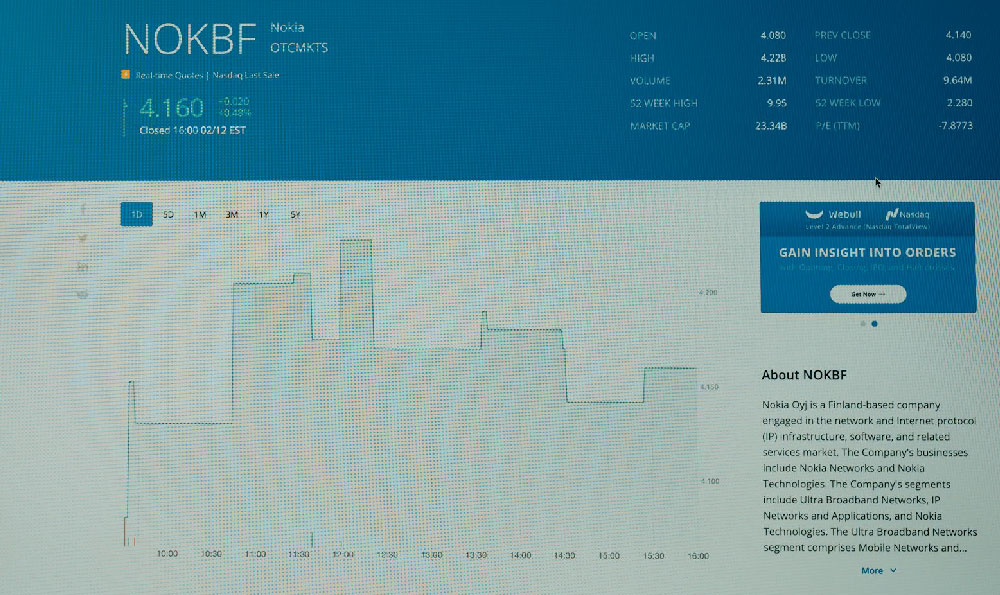Ahoy, matey! So, you're curious about how Pirate Ship sails the digital seas and keeps the wind in its sails? It’s a fair question, considering the allure of a free service that offers significant shipping discounts. Let’s chart a course to understand their revenue model and operational strategies.
First and foremost, it’s vital to understand Pirate Ship isn't conjuring discounts out of thin air. They’re leveraging partnerships with major carriers like USPS. The core of their business revolves around negotiating lower shipping rates due to the high volume of packages processed through their platform. Think of it as a collective bargaining scenario: individual shippers, when negotiating alone, often receive higher rates. However, Pirate Ship aggregates the shipping volume of thousands of users, allowing them to secure significantly reduced prices from carriers. These discounted rates are then passed along to their users.
But where does Pirate Ship make its money if they aren't directly charging users for access or transactions? The answer lies primarily in a few key areas, although not always explicitly stated:

-
Carrier Rebates and Commissions: While Pirate Ship doesn't publicly disclose specific commission structures, it's highly probable they receive rebates or commissions from carriers based on the total shipping volume generated through their platform. This is a common practice in the shipping industry. The carriers benefit from the increased volume, and Pirate Ship benefits from a percentage of the overall revenue. This is the most likely significant source of their income. The more users ship, the more Pirate Ship potentially earns from these commissions. They've effectively created a mutually beneficial relationship with the carriers.
-
Premium Features (Likely Future Consideration): As of today, Pirate Ship boasts its complete free functionality. However, the business model is structured in a way that allows them to potentially introduce premium features in the future. These could include advanced analytics dashboards, customized reporting, integration with other platforms beyond their current partners, or even enhanced customer support options. These premium features, if implemented, would then generate direct revenue from users willing to pay for enhanced functionality. They are building a large user base with the promise of free service, and that may eventually allow them to offer premium services to a segment of the user base. The risk here is alienating their user base, so any premium features would need to be highly valuable to justify the cost.
-
Data Aggregation and Analytics (Potential, but with Ethical Considerations): While not explicitly stated, it's possible that Pirate Ship collects anonymized and aggregated shipping data. This data, which could include shipping patterns, popular destinations, common package sizes, and more, could be valuable to market research firms, logistics companies, or even the carriers themselves. The sale or analysis of this data could potentially contribute to their revenue stream. However, this approach raises ethical concerns around data privacy, and Pirate Ship would need to be exceptionally transparent with its users about its data practices to maintain trust. They would need to ensure compliance with privacy regulations and avoid selling personally identifiable information.
-
Partnerships and Affiliate Marketing: Beyond direct carrier partnerships, Pirate Ship could explore strategic partnerships with other e-commerce platforms, supply chain management solutions, or even packaging suppliers. These partnerships could generate revenue through affiliate marketing agreements, where Pirate Ship receives a commission for referring users to partner services.
In terms of operations, Pirate Ship's efficiency is key to its viability. They focus on providing a streamlined, user-friendly interface for creating shipping labels. This simplicity reduces operational overhead and allows them to handle a large volume of transactions with a relatively small team. Furthermore, they’ve heavily invested in automation to manage shipping processes, including rate calculations, label generation, and tracking updates. This automation not only minimizes errors but also reduces the need for extensive customer support, which further contributes to cost savings.
Another important aspect of their operation is customer acquisition. They rely heavily on word-of-mouth marketing and organic growth. The combination of offering free, discounted shipping and a user-friendly interface makes Pirate Ship highly appealing to small businesses and individual sellers. Positive reviews and recommendations naturally attract new users, reducing the need for expensive marketing campaigns.
It's also worth considering the long-term vision. By establishing a strong foothold in the market and building a loyal customer base, Pirate Ship positions itself for future growth and expansion. They may eventually explore new markets, offer additional shipping services, or even integrate with other e-commerce platforms. The key is to continue providing value to their users and maintaining their competitive edge.
In summary, Pirate Ship’s revenue model is built on volume-based carrier discounts, potential rebates or commissions, and the possibility of future premium features. Their operational efficiency, coupled with organic customer acquisition, enables them to offer free shipping while maintaining a sustainable business model. While specifics of their financial arrangements remain proprietary, the underlying principles are consistent with industry best practices and a focus on long-term growth. The future of Pirate Ship depends on their ability to maintain strong carrier relationships, innovate their platform, and adapt to the ever-changing landscape of e-commerce and logistics. So, while they might not be pillaging and plundering in the traditional sense, they are definitely navigating the digital seas with a smart and strategic approach to business. Keep a weather eye on them; they could well be charting a course for lasting success.












